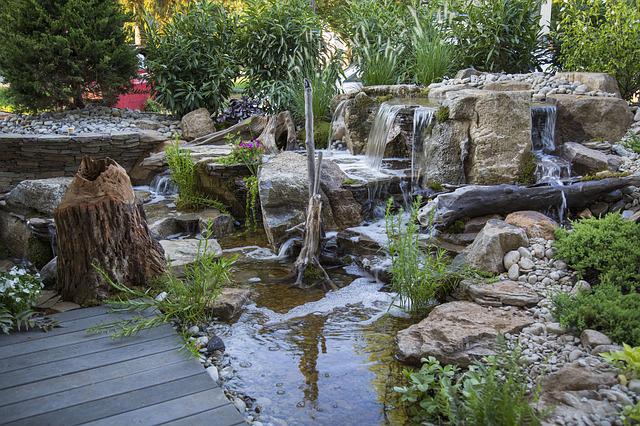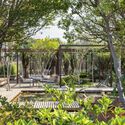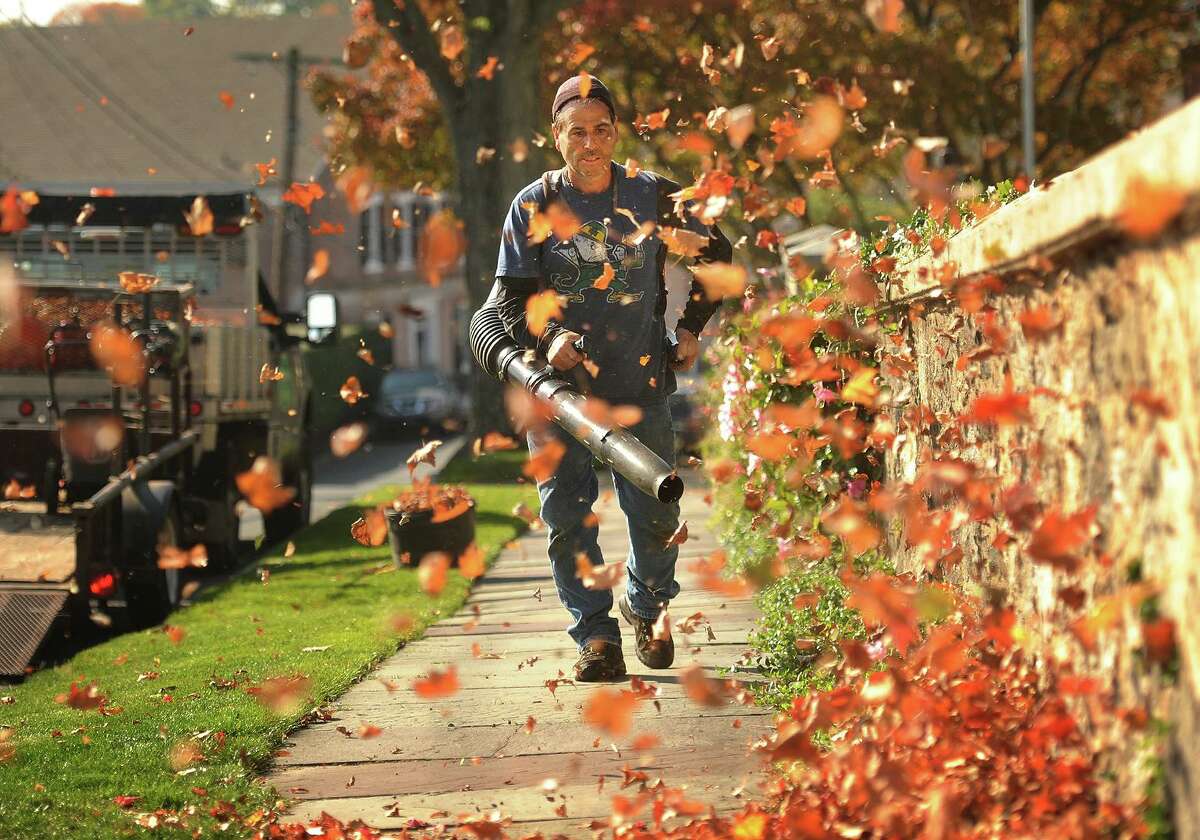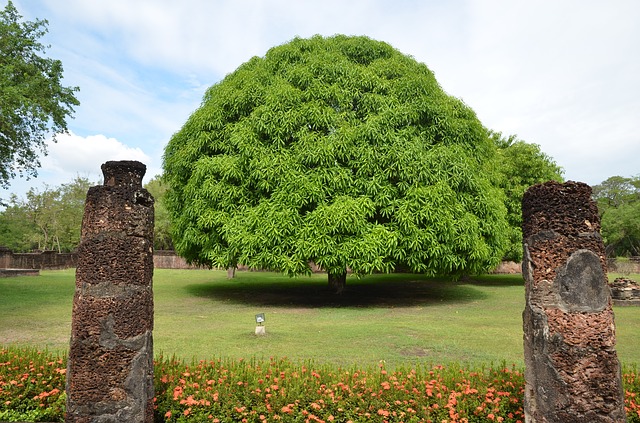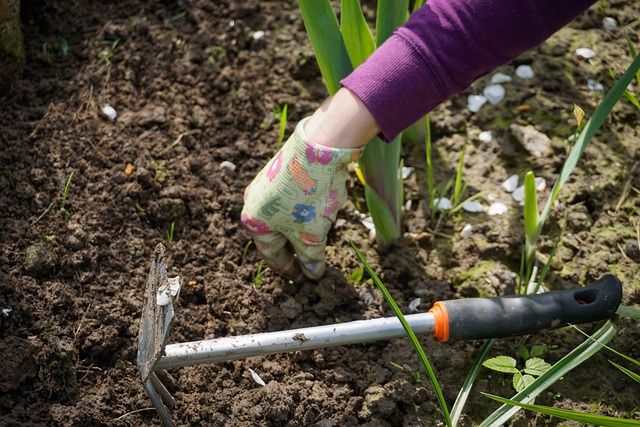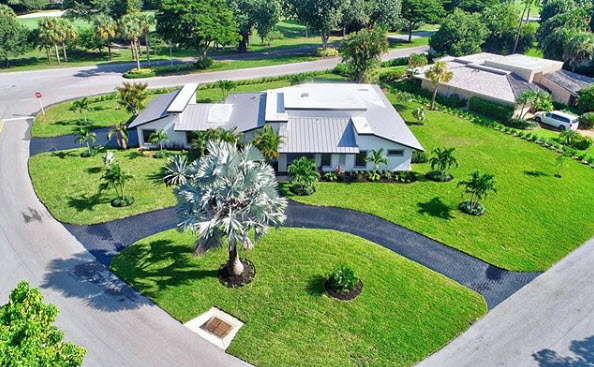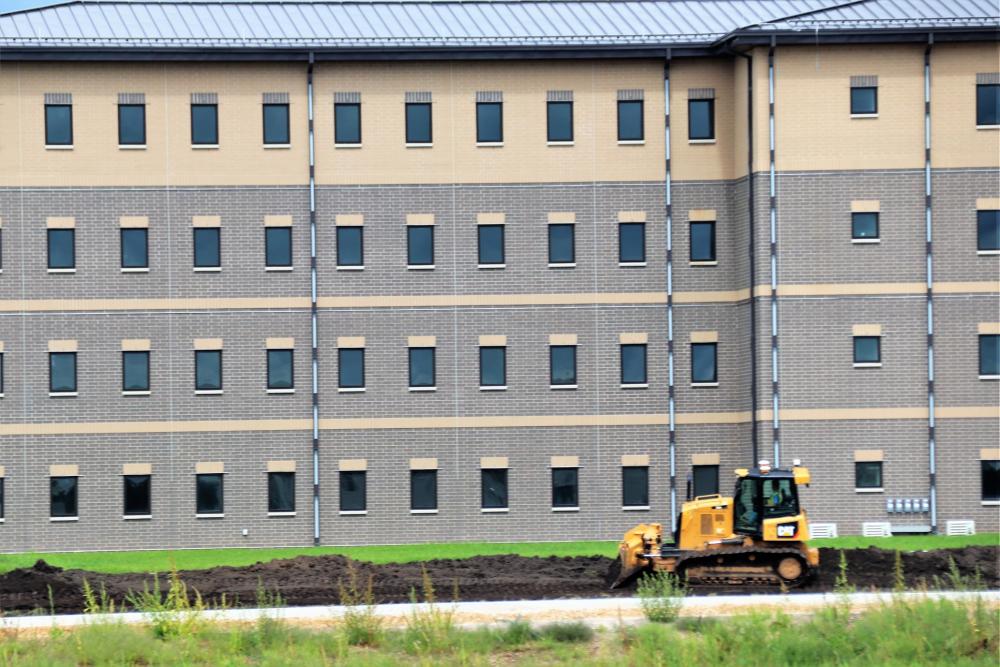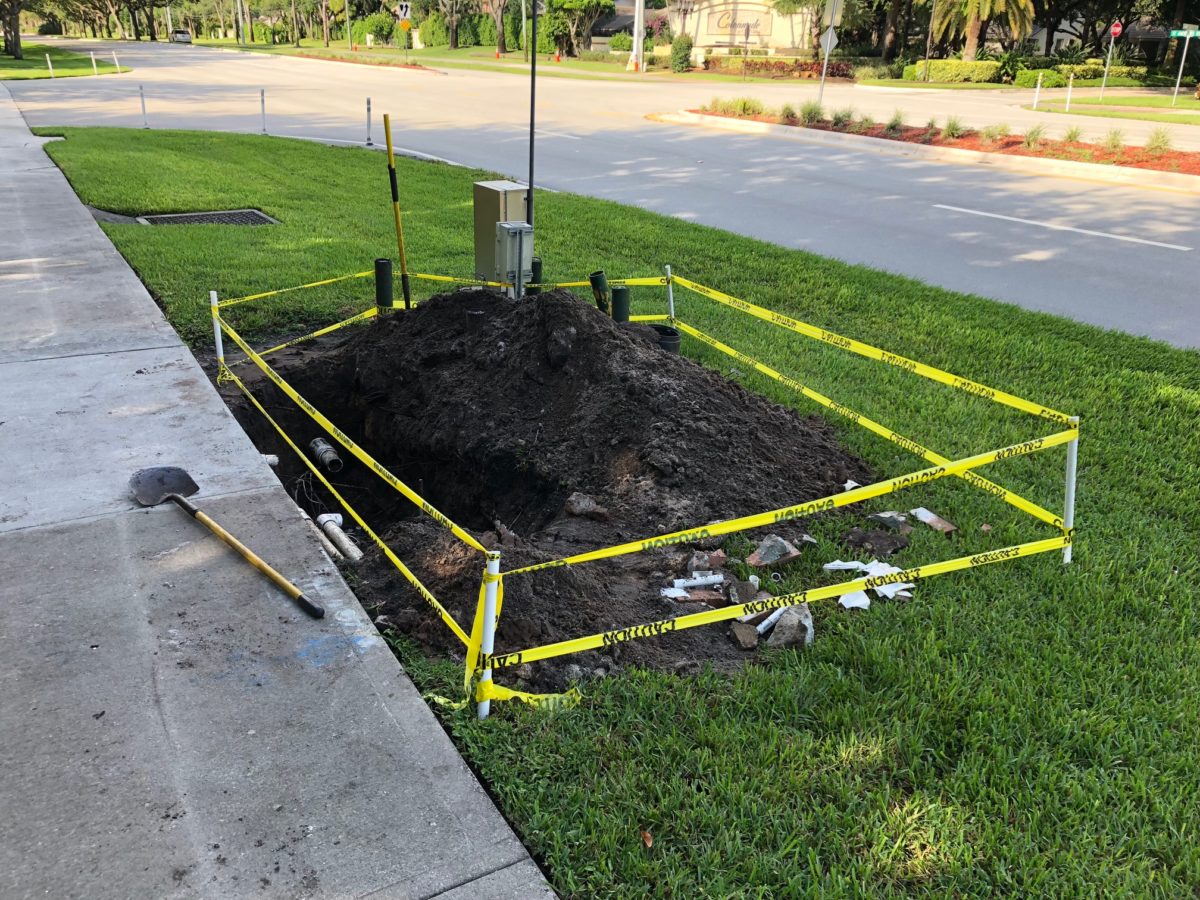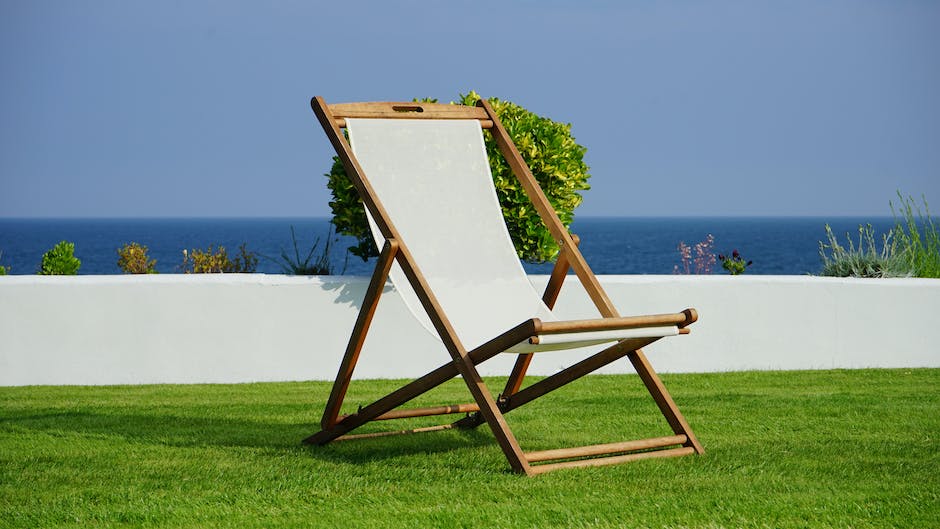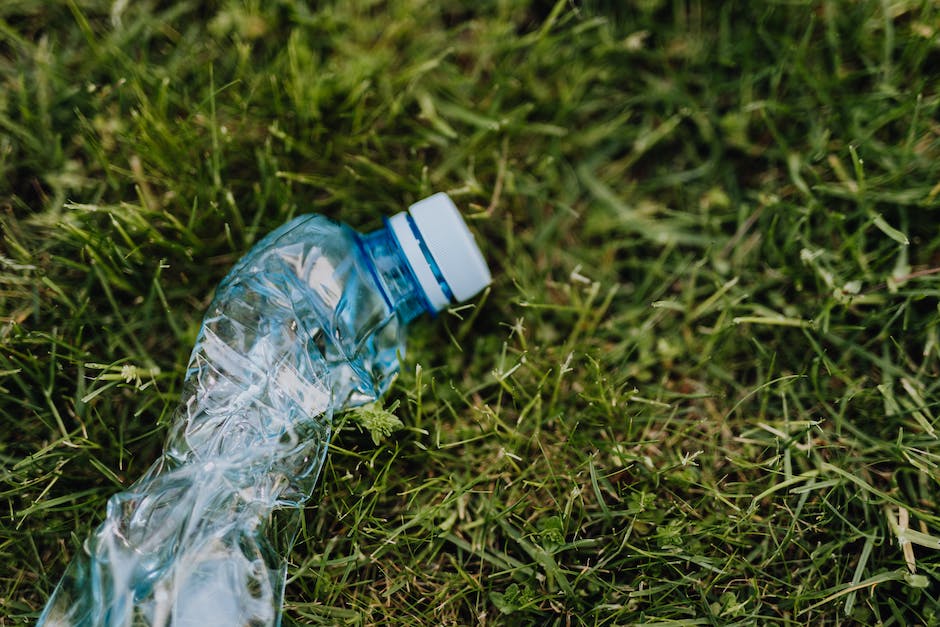Between 30 and 60 percent of all drinking water is used to water lawns and landscapes. Watering of residential landscapes accounts for an estimated 50 percent of water wastage. It’s due to improper watering practices, overwatering, and poorly adjusted or maintained irrigation systems. It results in pooling, puddling, erosion and runoff that can contribute to algae blooms in waterways as fertilizer is washed away. It also drives up water bills. Consider the following ways to conserve water.
Low Moisture Plantings
There’s a myriad of plants that survive and thrive on low amounts of moisture. They store excess water in stems and leaves or have fuzzy stems that allow them to make optimal use of morning dew. Some examples are moss roses, yarrow, sedum, black-eyed-susan, coneflower, lavender, gaillardia, and gazania. There are also decorative ornamental grasses.
Landscaping with Native Plants
Trees, flowers and shrubs that are native to South Florida have evolved and adapted to the area’s unique conditions. They’re able to withstand drought, high winds and are even resistant to salt spray. They encompass butterfly weed, beach sunflower, gumbo limbo and coco plum trees, the yaupon shrub, buttonsage evergreen, and bee balm.
Irrigation Systems
Make sure that irrigation systems are equipped with a moisture meter that measures the amount of water in the soil. Install low volume irrigation systems whenever possible to deliver water to root systems rather than on top of the plants.
Use a Rain Barrel
Rain barrels collect rain water runoff from structures. Water is channeled to the rain barrel where it’s saved for later use. It can be utilized to water the landscape and even houseplants.
Create a Rain Garden
Rain water runoff from structures, gutters and driveways is directed to the water garden that will spring to vibrant life when the water arrives.
Mulch Existing Plantings
Applying mulch helps retain moisture, impedes evaporation, reduces weed growth, and improves soil as it breaks down.
Contact RCH Landscaping Today for a Free Estimate

